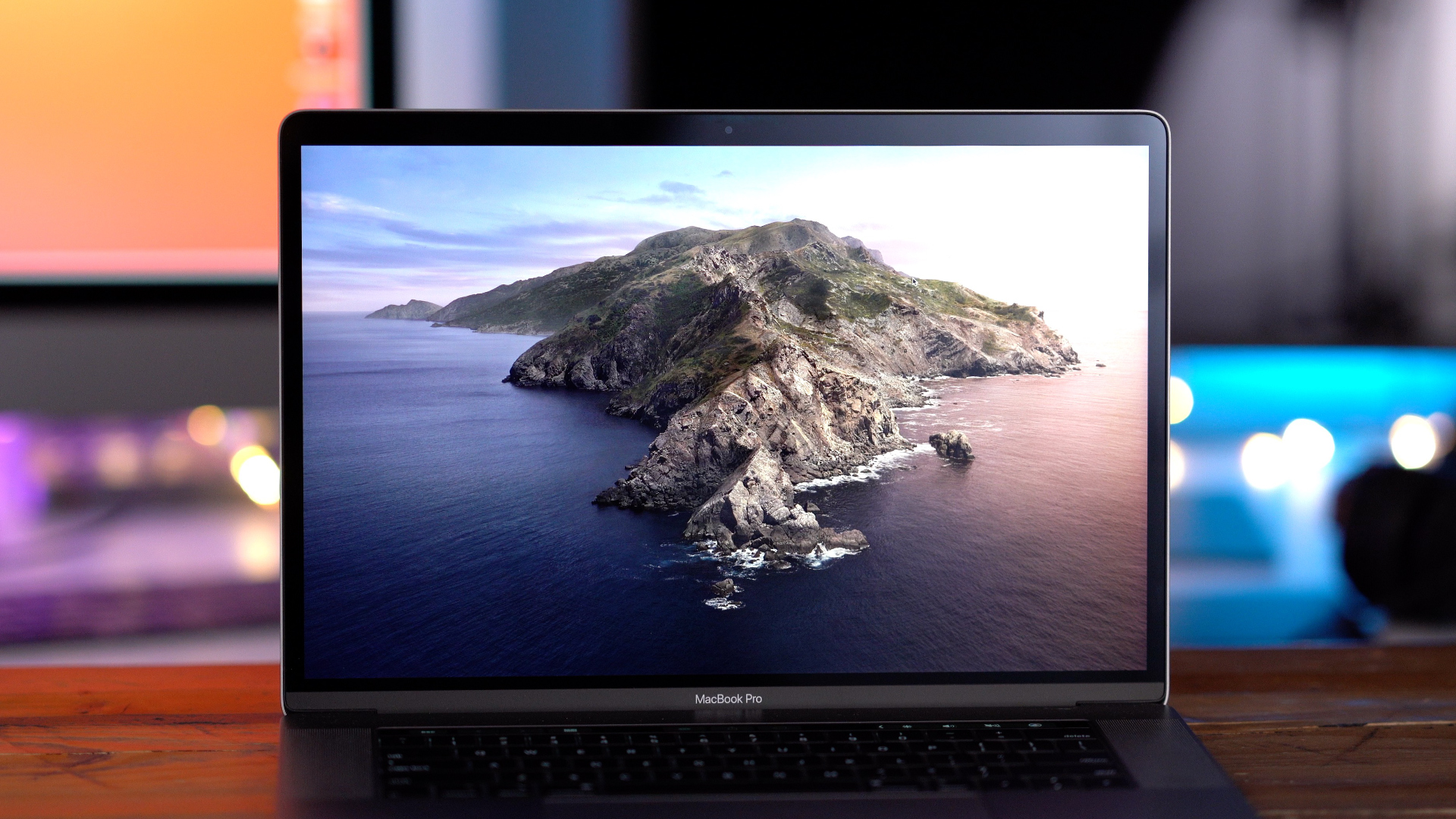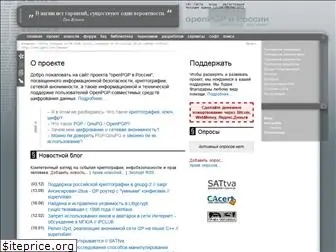What is Copyleft?
Copyleft is a general method for making a program (or other work) free(in the sense of freedom, not“zero price”), and requiring all modified and extended versions ofthe program to be free as well.
The simplest way to make a program free software is to put it in thepublicdomain, uncopyrighted. This allows people toshare the program and their improvements, if they are so minded. Butit also allows uncooperative people to convert the program intoproprietarysoftware. They can make changes, many or few,and distribute the result as a proprietary product. People whoreceive the program in that modified form do not have the freedom thatthe original author gave them; the middleman has stripped it away.
“The Free Software Foundation (FSF) is a nonprofit with a worldwide mission to promote computer user freedom. We defend the rights of all software users.”. Howto generate a GPG-keypair. There are four steps for generating a keypair. We assume, that Alice wants to generate a keypair, so she can decrypt texts, which are encrypted for her.
In the GNU project, our aim isto give all users the freedom to redistribute and change GNUsoftware. If middlemen could strip off the freedom, our code might “havemany users,” but it would not give them freedom. So instead ofputting GNU software in the public domain, we “copyleft”it. Copyleft says that anyone who redistributes the software, with orwithout changes, must pass along the freedom to further copy andchange it. Copyleft guarantees that every user has freedom.

Gpg4usb Mac Os Mojave
Copyleft also provides anincentivefor other programmers to add to free software.Important free programs such as the GNU C++ compiler existonly because of this.
Copyleft also helps programmers who want to contributeimprovements tofree software get permission todo so. These programmers often work for companies or universitiesthat would do almost anything to get more money. A programmer maywant to contribute her changes to the community, but her employer maywant to turn the changes into a proprietary software product.
When we explain to the employer that it is illegal to distribute theimproved version except as free software, the employer usually decidesto release it as free software rather than throw it away.
To copyleft a program, we first state that it is copyrighted; then weadd distribution terms, which are a legal instrument that giveseveryone the rights to use, modify, and redistribute the program'scode, or any program derived from it, but only if thedistribution terms are unchanged. Thus, the code and the freedomsbecome legally inseparable.

Gpg4usb On Mac
Proprietary software developers use copyright to take away the users'freedom; we use copyright to guarantee their freedom. That's why wereverse the name, changing “copyright” into“copyleft.”
Copyleft is a way of using the copyright on the program. Itdoesn't mean abandoning the copyright; in fact, doing so would makecopyleft impossible. The “left” in“copyleft” is not a reference to the verb “toleave”—only to the direction which is the mirror image of“right”.
Copyleft is a general concept, and you can't use a general conceptdirectly; you can only use a specific implementation of the concept.In the GNU Project, the specific distribution terms that we use formost software are contained in the GNU General Public License. The GNU GeneralPublic License is often called the GNU GPL for short. There is also aFrequently Asked Questions pageabout the GNU GPL. You can also read aboutwhy the FSF gets copyrightassignments from contributors.
An alternate form of copyleft, the GNUAffero General Public License (AGPL) is designed forprograms that are likely to be used on servers. It ensures thatmodified versions used to implement services available to the publicare released as source code to the public.
A compromise form of copyleft, the GNULesser General Public License (LGPL) applies to a few (but notall) GNU libraries. To learn more about properly using the LGPL, pleaseread the article Why youshouldn't use the Lesser GPL for your next library.
The GNU Free Documentation License (FDL)is a form of copyleft intendedfor use on a manual, textbook or other document to assure everyone theeffective freedom to copy and redistribute it, with or withoutmodifications, either commercially or noncommercially.
Gpg4usb Mac Os 10.13
The appropriate license is included in many manuals and in each GNUsource code distribution.
All these licenses are designed so that you can easily apply them toyour own works, assuming you are the copyright holder. You don't haveto modify the license to do this, just include a copy of the licensein the work, and add notices in the source files that refer properlyto the license.
Using the same distribution terms for many different programs makes iteasy to copy code between various different programs. When they allhave the same distribution terms, there is no problem. The LesserGPL, version 2, includes a provision that lets you alter thedistribution terms to the ordinary GPL, so that you can copy code intoanother program covered by the GPL. Version 3 of the Lesser GPL isbuilt as an exception added to GPL version 3, making the compatibilityautomatic.
If you would like to copyleft your program with the GNU GPL or the GNULGPL, please see the licenseinstructions page for advice. Please note that you must use the entiretext of the license you choose. Each is an integral whole, andpartial copies are not permitted.
If you would like to copyleft your manual with the GNU FDL, pleasesee the instructions at theend of the FDL text, andthe GFDL instructions page. Again,partial copies are not permitted.
It is a legal mistake to use a backwards C in a circle instead of acopyright symbol. Copyleft is based legally on copyright, so the workshould have a copyright notice. A copyright notice requires eitherthe copyright symbol (a C in a circle) or the word“Copyright”.

A backwards C in a circle has no special legal significance, so itdoesn't make a copyright notice. It may be amusing in book covers,posters, and such, but becareful how you represent it in a web page!